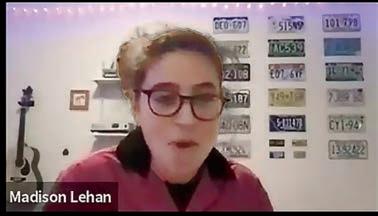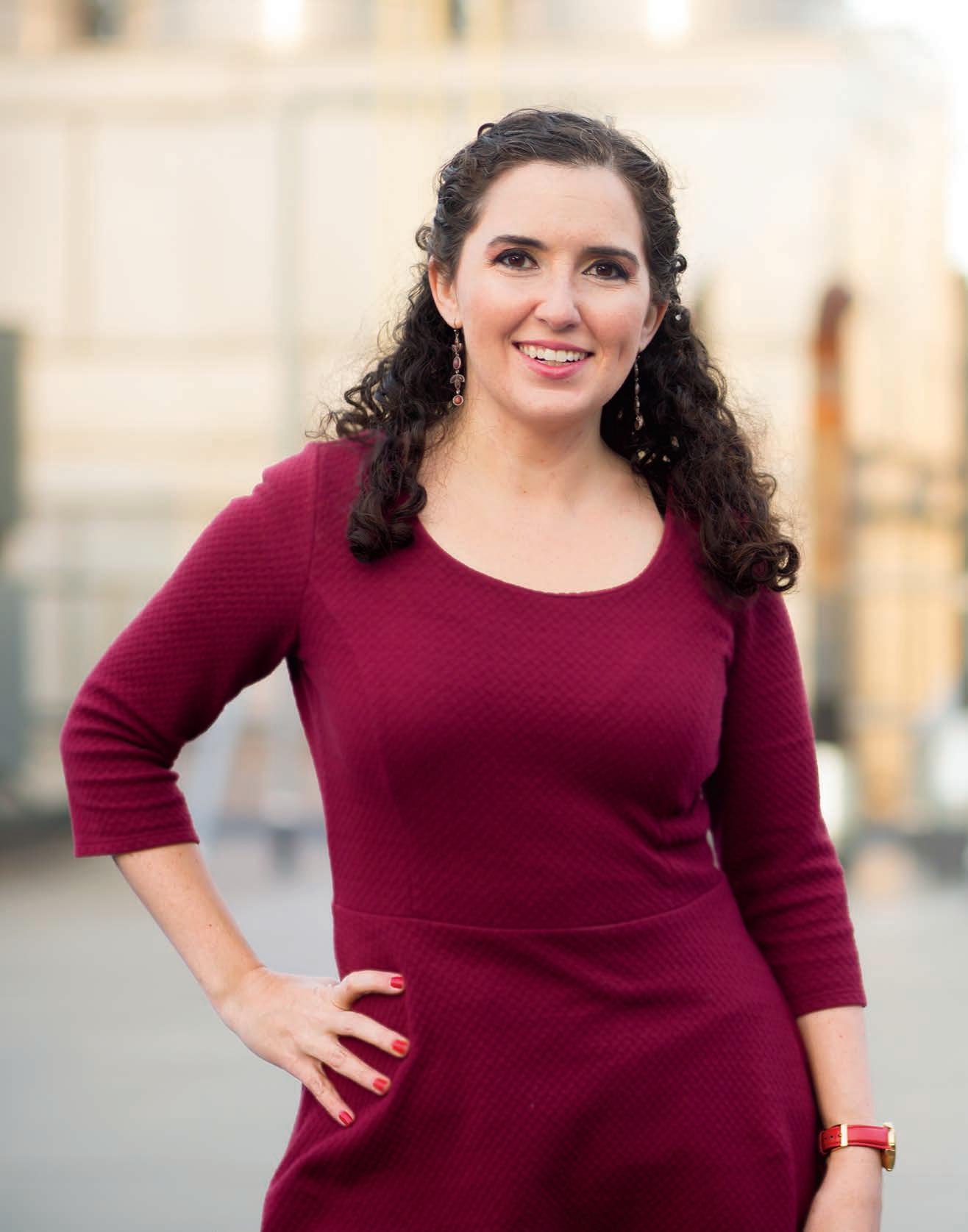
6 minute read
ARTS
SILENT AND SPOKEN
A LOOK INTO THE WORLD OF MIMING AND IMPROV COMEDY AT TUFTS
Advertisement









Tufts students have no shortage of options when it comes to choosing, if they so desire, a performance group to join. Tufts houses 46 different arts and performance student organizations on the Medford campus alone (and 10 more that are SMFA-speci c), with everything from awardwinning a cappella groups to juggling troupes. Even if getting up on stage isn’t your thing, there’s so much to enjoy as a member of the audience, and this has always been the case— even this year.
BY SUSANNAH MURRAY ’24
How do you tell a story? How do you engage an audience? How do you express yourself on a stage? And how do you do all this when the world and your medium for expression suddenly change completely, with no warning? This was the challenge every performance group on campus faced last spring when end-of-year showcases, concerts, plays, and musicals were canceled along with every other in-person university activity. However, despite either dealing with the disappointment of having to cancel your nal show or the seemingly insurmountable challenge of trying to perform it from different bedrooms across the country, Tufts performance groups showed they could adapt, and this versatility is beautifully embodied by two groups who are, at their core, founded on the unexpected: HYPE Mimez and Cheap Sox.
HYPE Mimez is New England’s only award-winning collegiate mime troupe, and they take this responsibility seriously. They came back to campus ready to hold auditions and welcomed two new mimes to the group, keeping their numbers low enough to hold in-person auditions and rehearsals, where they’ve been focused on (silently) getting to know each other and (silently) teaching the new recruits miming techniques. According to Ruth Green eld ’23, being a part of HYPE Mimez has given her access to a space for creativity. “Everyone in the troupe has equal opportunity to write, direct, and act in skits,” she says. “I love bringing new ideas to the table and expressing myself in a different way.” Green eld also acknowledges that yes, miming is de nitely an art form that takes some getting used to, but the only prerequisite for becoming a mime is unwavering enthusiasm and commitment to the craft. “Miming is really just storytelling without speaking,” she says, and is con dent that with the proper dedication, anyone can be a great mime.
While HYPE Mimez is, quite inarguably, the quietest club on campus, the sketch improv group Cheap Sox is all noise. They’re also small, with fewer than ten members, and thus were also among the performance groups able to practice in person. They closed out last school year with the legitimately hilarious “Cheap Sox Presents: An Improv Show But My Mom Brings Me Cut Fruit” over Zoom, where they beautifully adapted their classic improv games to a virtual format. Like HYPE Mimez, they held inperson auditions this year and recruited three new members. This year has forced Cheap Sox to become rather familiar with the virtual sphere, but they’ve made the transition smooth, adapting their performances by allowing audience members to supply skit prompts through the chat feature, turning their cameras on and off as their skits require them, and changing their virtual backgrounds. No matter what is thrown at them, HYPE Mimez and Cheap Sox are undoubtedly going to be able to adjust their performances to maintain the integrity of their storytelling.

AYSE ASATEKIN
It is not uncommon for Tufts professors to be engaging in groundbreaking research, nor is it uncommon for professors to teach students everything they need to know about solving the world’s biggest problems, but this is especially true for the students and faculty in the School of Engineering. Ayse Asatekin, Associate Professor of the Department of Chemical and Biological Engineering at Tufts, introduces her students to the world-changing possibilities of polymers and membranes. For Asatekin, the fascination with membrane research lies in its ability to improve water ltration systems while decreasing the environmental impacts of puri cation. In other words, through the research conducted in Asatekin’s lab, a more sustainable solution to water puri cation is possible.
Tufts students in Professor Asatekin’s lab get to discover and interact with polymers and membranes in their research. The hands-on experience that students gain in the lab deals with membranes that lter molecules in increasingly effective ways. “It is actually really, really important. About 10% of the energy in the US is spent on chemical separations,” Asatekin remarks. The long-term goal of this lab’s work is to create highly-effective membranes for ltration, distillation, and more. This work is novel, but its prospects suggest exciting possibilities. For instance, more ef cient water puri cation could be made possible with the potential membrane advancements discovered in Asatekin’s lab. The results of these advanced ltration systems may have signi cant impacts—providing puri ed water to people and communities worldwide. However, Asatekin has inspired Tufts alumni who are currently chemical engineers to embrace all sorts of careers outside of polymers and membranes—with some graduates taking jobs in everything from biochemical manufacturing to Belgian confectionaries.
As the daughter of two professors, Asatekin loves the mentorship aspects involved in her work and research, and she deeply appreciates the meaningful connections that she is able to foster with students in her classroom and in her lab. According to Asatekin, “watching [students] grow intellectually is really one of the most exciting parts of my job.” With student growth at the center of her teaching style, Professor Asatekin provides an ample environment for learning. “I often say that I get paid to geek out,’’ Asatekin beams. “I get very excited about certain things…And, if you have students with eyes glinting in response, it’s always really fun.”
Another exciting part of Professor Asatekin’s job is supervising some of Tufts’ brightest minds in STEM. Tufts hosts an active chapter of the Society of Women Engineers, and Asatekin is a proud coadvisor to the extracurricular group. The group seeks to promote inclusivity for women in every aspect of STEM. “When I rst started, I became their faculty co-advisor. I would go to meetings, but they know what they are doing,” Asatekin says. “They are really active. It is a really good resource for women who want to be engineers.” Inclusivity is important not only to Professor Asatekin but for the Tufts community as a whole. “They are a very collaborative, positive group of students. My impression as a faculty member...is that I think both Tufts students and faculty really prioritize building an inclusive community and being supportive of all students.” —BLAKE ANDERSON ’24






